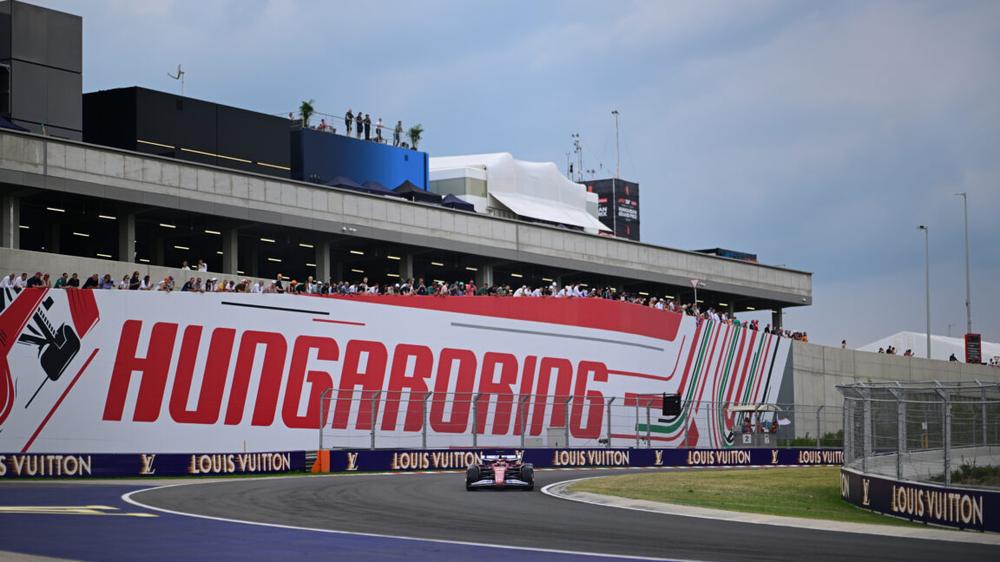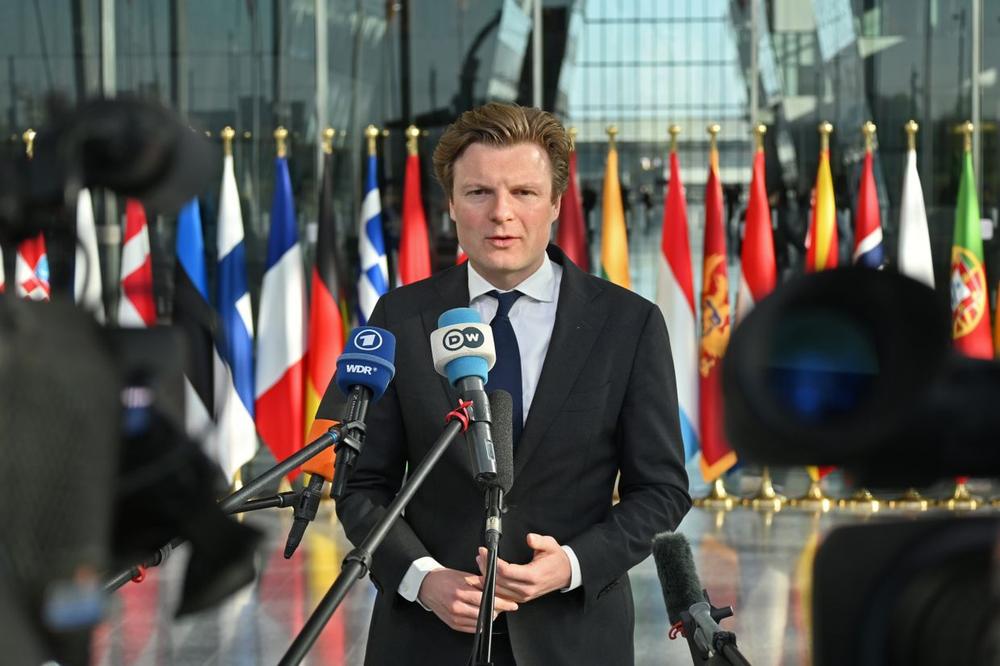Formula 1 teams can start their annual summer break today. Sometime this month, each of the 10 teams has to close its factory for 14 consecutive days. Laptops stay in the office, email goes unchecked. It all sounds very civilized for a sport where the difference between hero and zero can come down to milliseconds. As was the case at this past weekend's Hungarian Grand Prix, at least in qualifying.
When the Hungaroring was added to the calendar back in 1986, it was F1's first true foray behind the Iron Curtain. Just 2.7 miles (4.3 km) long, the layout features a lot of medium-speed corners one after another that make overtaking more than a little challenging—to the extent that people call it "Monaco without the walls," something you'll hear so often over the course of a Hungarian Grand Prix weekend you'll want to scream.
Besides, more interesting things happen at the Hungaroring.
Expect the unusual
In 1997, then-reigning world champion Damon Hill was driving an Arrows—a terrible shed of an F1 car—after being let go by Williams at the end of 1996. F1 was in the early days of a tire war then, and Arrows were one of the few cars on the new Bridgestone tires, which that day had the edge on the Goodyears all the front-running teams were using. Hill started third and eventually passed both Michael Schumacher and Jacques Villeneuve to lead the race until a hydraulic leak toward the end robbed him of victory and left him with second place.
In 2003, Fernando Alonso scored the first of his 32 F1 race wins in that year's Hungarian Grand Prix. In doing so, he became F1's youngest-ever race winner at just over 22, until that record was beaten in 2008 by Sebastian Vettel, then again in 2016 by Max Verstappen.
There have been several other maiden wins at the Hungaroring. In 2006, Jenson Button scored his maiden win for Honda, on the first occasion it rained at the track during a race. In 2008, Heikki Kovalainen took his sole F1 race as teammate to Lewis Hamilton at McLaren that year. A crash-packed race in 2021 saw then-Alpine driver Esteban Ocon appear on the top step of the podium. And Oscar Piastri, one of McLaren's current title contenders, took his first win at last year's Hungarian Grand Prix.
2025's race was not really action-packed.
Nineteen cars were separated by less than nine-tenths of a second during the first part of qualifying. It appeared to be business as usual with the McLarens out front during Q1 and Q2, but in Q3 a change of wind direction caught them out, and Ferrari's Charles Leclerc just pipped Piastri to pole position. The other McLaren of Lando Norris would start third. Last year's champion Verstappen was nowhere in his Red Bull and would start in eighth place.
Leclerc kept the lead at the start and, during his first stint, was able to keep Piastri in check. Norris had a terrible getaway and was fifth by the middle of the first lap, stuck behind George Russell's Mercedes—doing better in the colder temperatures—and a freshly upgraded Aston Martin driven by Alonso.
Overtaking on track is, as already mentioned, quite hard here. Hopes that this new generation of ground-effect car would allow one to follow another closely through corners faded after the teams couldn't really get a handle on the porpoising without raising the ride heights and making the front wings more important again. Instead, much like all those races during the V10 era, it was really a battle of strategies. Pit earlier than your opponent and use the advantage of fresh tires to leapfrog them—aka the undercut—or do the opposite and extend the first stint, then use more of your tires up in a shorter amount of time during the next stop.
Leclerc stopped early for fresh tires and was followed by Piastri, both now committed to a two-stop race. Norris was back in fifth with little chance of winning at that point, and so he extended his first stint and would only change tires once. By the end of the race, his tires would be old and worn compared to the fresher rubber of Leclerc and Piastri, but they would have to make up the time of a second visit to pitlane.
Leclerc was able to keep in front of Piastri at his second stop as well, and both drivers were stationary for just two seconds as their crews swarmed over the cars. But that single stop of Norris' was even faster at 1.9 seconds, and while he was driving slower than his teammate, he held track position at the front and was driving flawlessly.
If that sounds nuts, those aren't even the fastest pitstops in F1 history. F1 lets many more team members participate in a pitstop than just about any other form of motorsport, and now that they just change tires and don't refuel, it really has become blink-and-you'll-miss-it stuff. And where NASCAR teams recruit former D1 college athletes to form their pit crews, all the people you see in an F1 pit stop have an actual day job with the team in addition to their tire-changing duties.
A problem with Leclerc's car cost him at least a couple of seconds a lap, and what had once looked like Ferrari's only chance of victory this year evaporated into fourth place. Piastri was almost as dejected at the end; he closed up on Norris with six laps to go but couldn't make his way past and had to settle for second. Russell in the Mercedes was rather pleased with the final trophy, secured after passing Leclerc, who defended his position so robustly he picked up a five-second penalty for erratic driving.
The title is now looking like a two-way fight between the two McLaren men. For now, their relationship off-track miraculously appears to be good. No one is sure if that can last...

 How to Watch the Fast and Furious Movies in Chronological Order
How to Watch the Fast and Furious Movies in Chronological Order